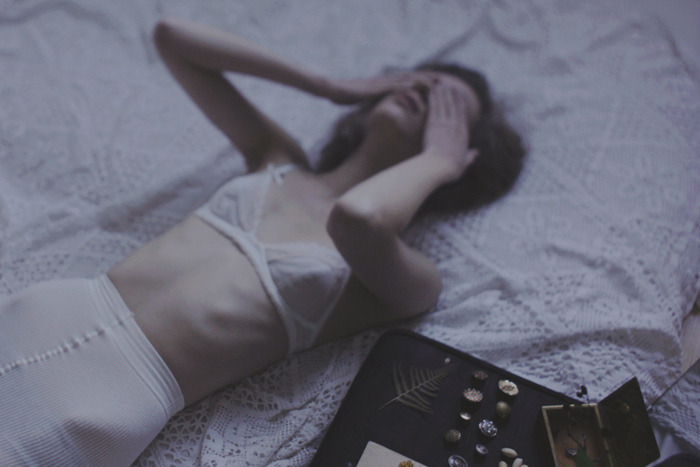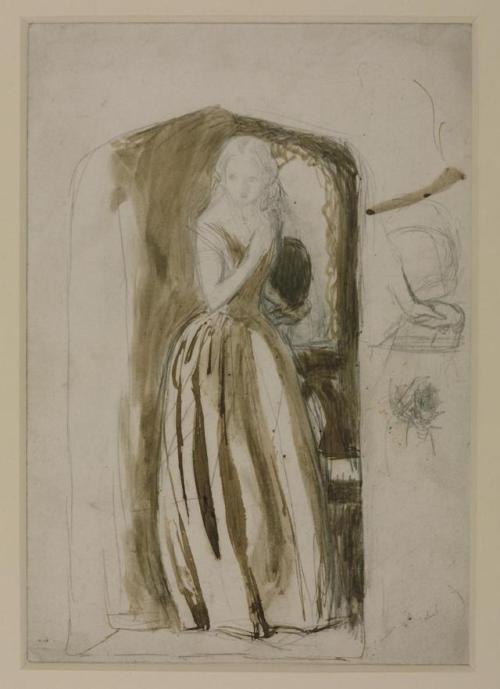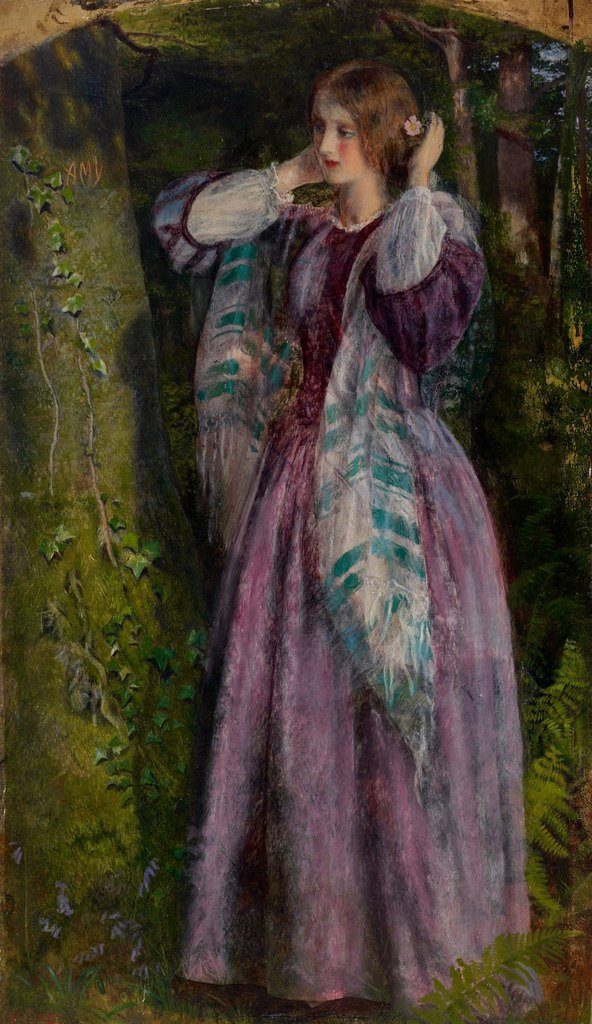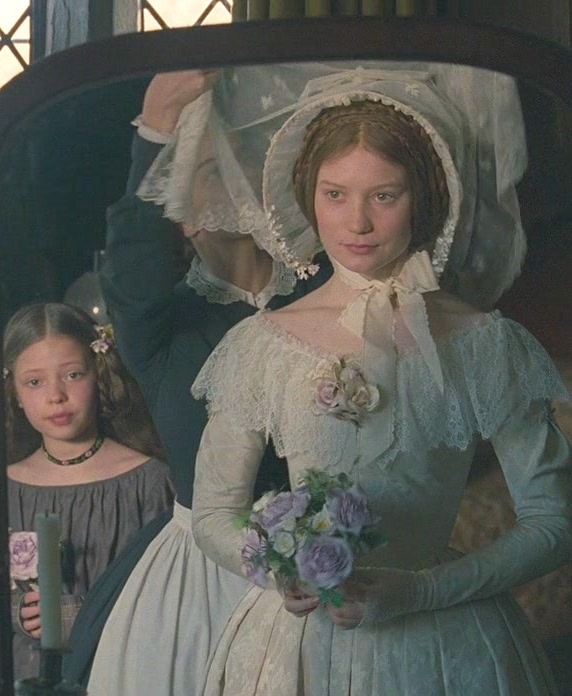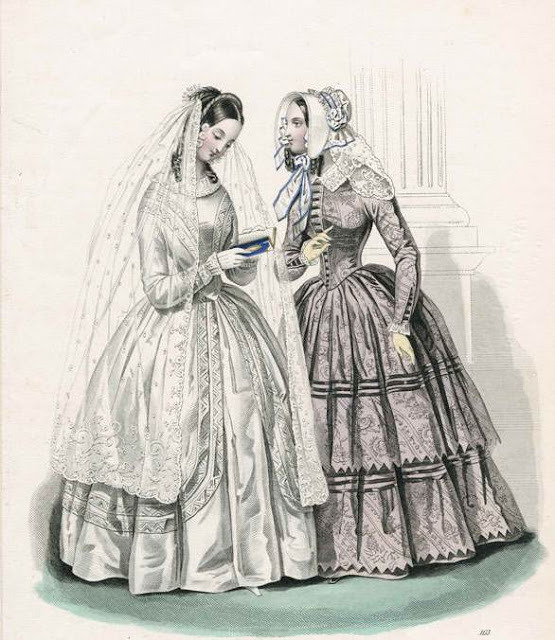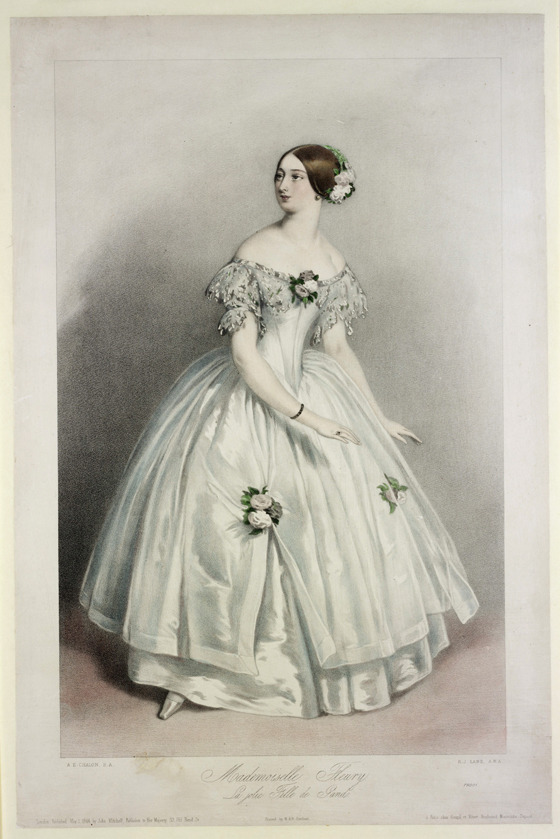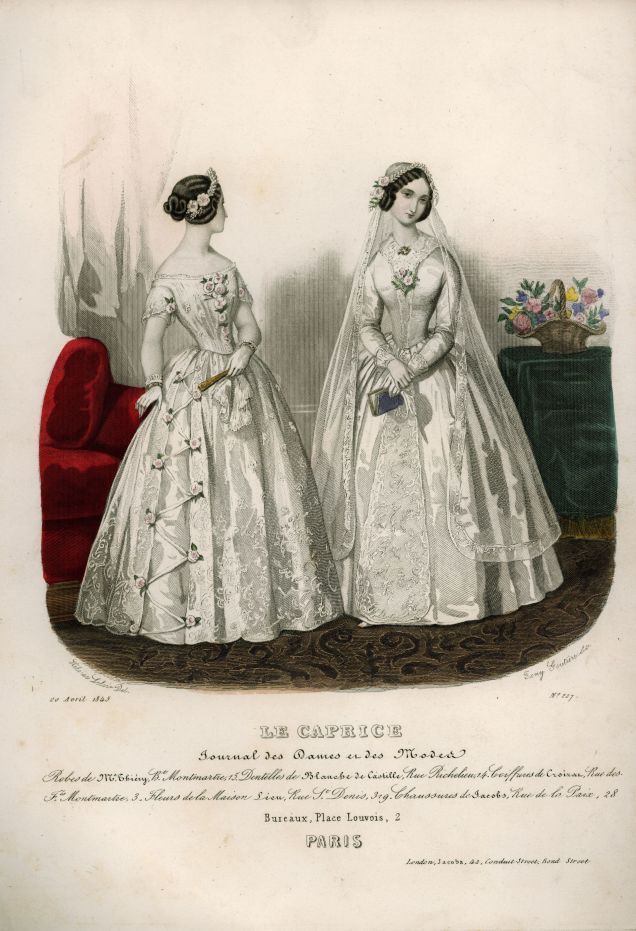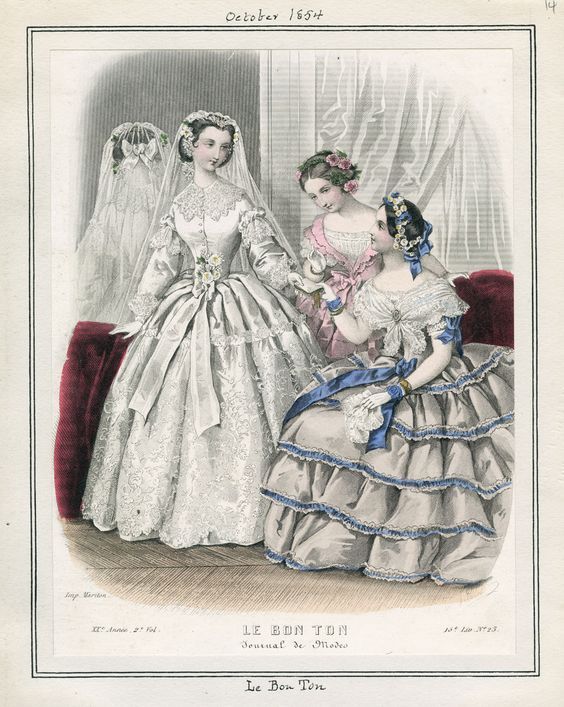“You can look at a picture for a week and never think of it again. You can also look at a picture for a second and think of it all your life.”
(Donna Tartt, The Goldfinch)
 Boris Grigoriev, The Model, 1926
Boris Grigoriev, The Model, 1926
I discovered this gem of a painting a few days ago and I knew it was something special that I needed to devote a post to. This painting by the Russian painter Boris Grigoriev is titled simply “The Model”, but if you really take a look at the girl who is posing for the artist, you can see how much uniqueness and character there is to her. In particular it is her face expression that I just cannot get out of my mind! Her round doll-like face is framed with a stylish black hat and thick, short yellow hair which looks like it was made of straw. Her blushing cheeks are like two bright, blooming red poppies, and that vibrant vivacious red colour matched that of her shirt. Grigoriev uses a limited colour palette, but the contrasts and shades make this artwork exquisite. The girl’s slightly pointed little nose, lips pressed together and that gaze of her blue eyes – oh that gaze! – speak so much of her character and feelings. Her gaze shows defiance and rebellion, but the blushing cheeks reveal a lot too. It seems that she is secretly embarrassed but decided to hide her gentler emotions under the coat of arrogance and toughness. Her blue eyes are large and doll-like, her gaze protruding and her pouting lips pressed together in silence. It certainly makes me wonder of what went on between the painter and the girl during the time she posed for him. Perhaps he joked about something and she didn’t find it funny, or perhaps he asked her to pose in a way she didn’t particularly wanted to. I just love the contrast of the girlish and womanly elements in her; her face is round and her cheeks red as if she were a doll, she is sulking and pouting like a little girl who didn’t get something she wanted, and yet her figure is feminine and not childlike.

Boris Grigoriev was born in Moscow in 1886. His father was a banker, and his mother had a fondness for literature, music and art, which may have influenced the young Grigoriev as well. A fellow Russian artist of the time, Alexandre Benois, said of Grigoriev “How can one not call his quick but perceptive manner wonderful? How can one fail to admire the courage of his colourful contrasts, which are always harmonious, and with all the beautiful and bold combinations?” Looking at this painting, we can see how true Benois’ words are. Grigoriev uses limited colours, earthy, coppery, sensuous shades, but the overall result is a harmony of colour contrasts that is at once vibrant and soothing to the eyes. Grigoriev traveled a lot, and from 1921 to 1926 he spent his summers in Brittany where he, like many before him, enjoyed in the treasures of archaic villages, fashion and customs of the locals, the world still untouched by the modernity.


Since “The Model” was painted in 1926, perhaps Grigoriev painted it whilst in Brittany. Though maybe she is too modern for Brittany, maybe she is the child of Parisian boulevards. Regardless of whether he painted poor peasants in Russian or hookers in Marseilles, Grigoriev never romanticised his models; his approach was sincere and unique, he preferred to capture their characters and realness of their faces. The poppy-cheeked girl here is pretty, but she doesn’t seem the least bit idolised. Even from an early age Grigoriev saw himself as a loner and an individual. He chose not to be strongly connected to a specific art movement, but walk his own path and explore. Still, he cited the works of Van Gogh, Cézanne and André Derain as his inspiration, and indeed, in “The Model” I can see how Cézanne might have been his inspiration. The girl’s limbs, her legs particularly, look somehow geometrical, as if she were a wooden doll. As much as the shapes here are reminiscent of Cézanne, the warm, rich colours and the mood are sensuous and lively.
To connect this post with the quote I cited in the beginning, I have to say that this painting is something that I will not forget soon, the girl’s lovely, sulking, rosy-cheeked face is something that will linger in my mind and stay there forever.



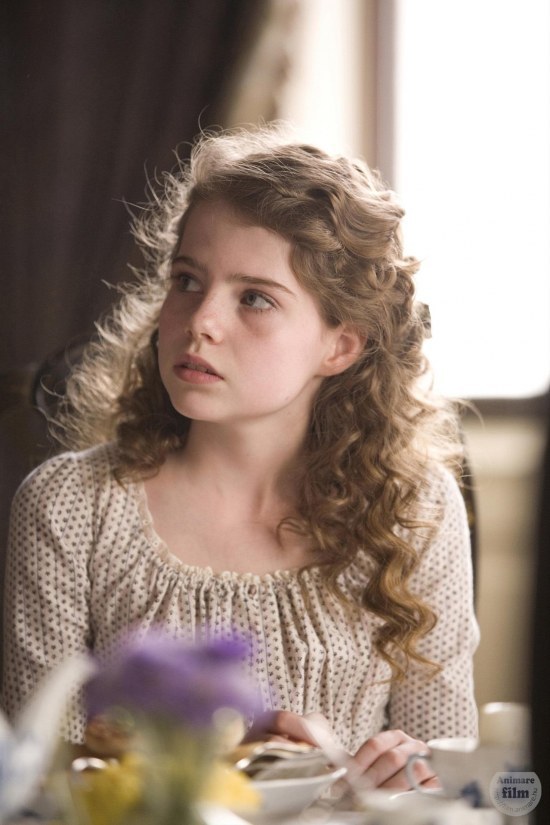
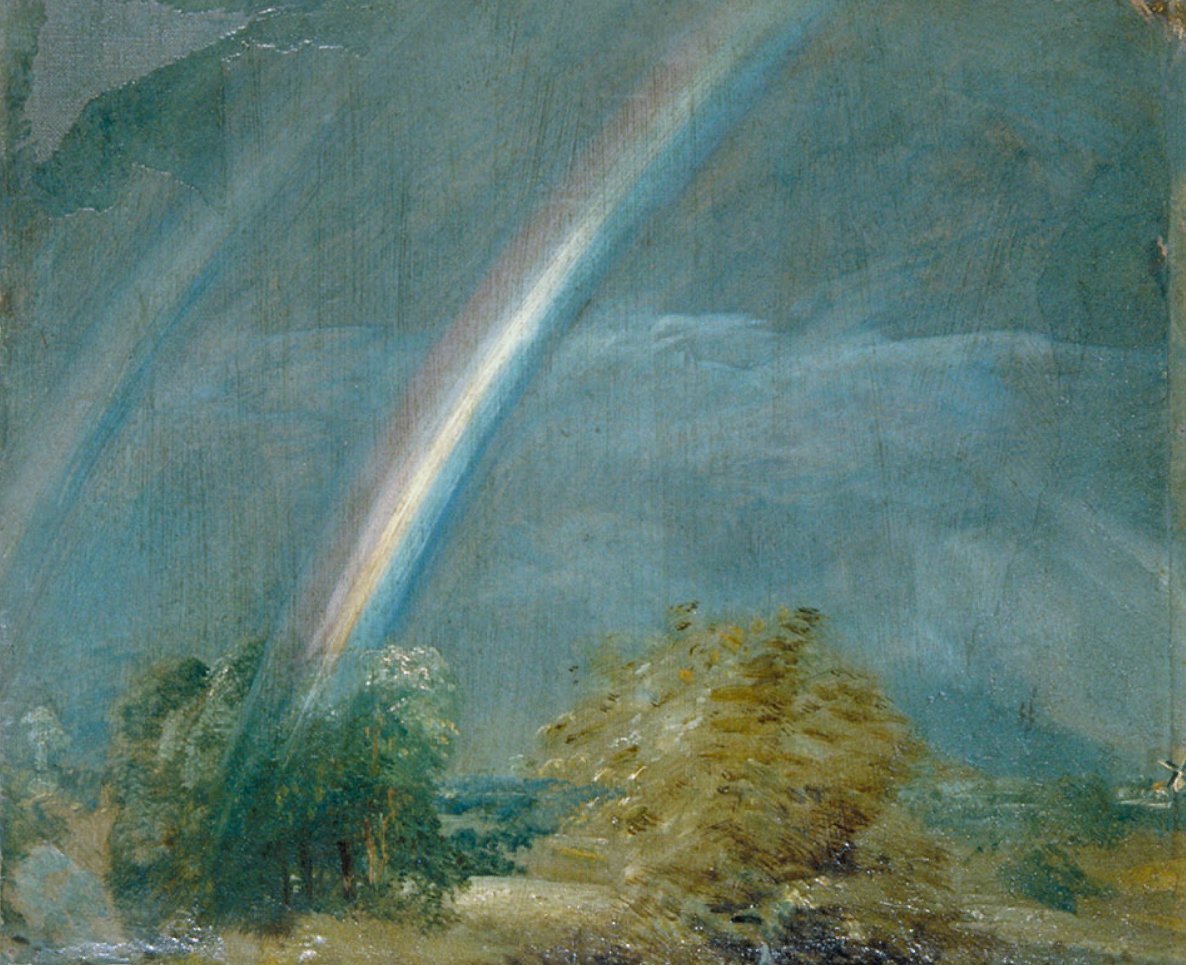
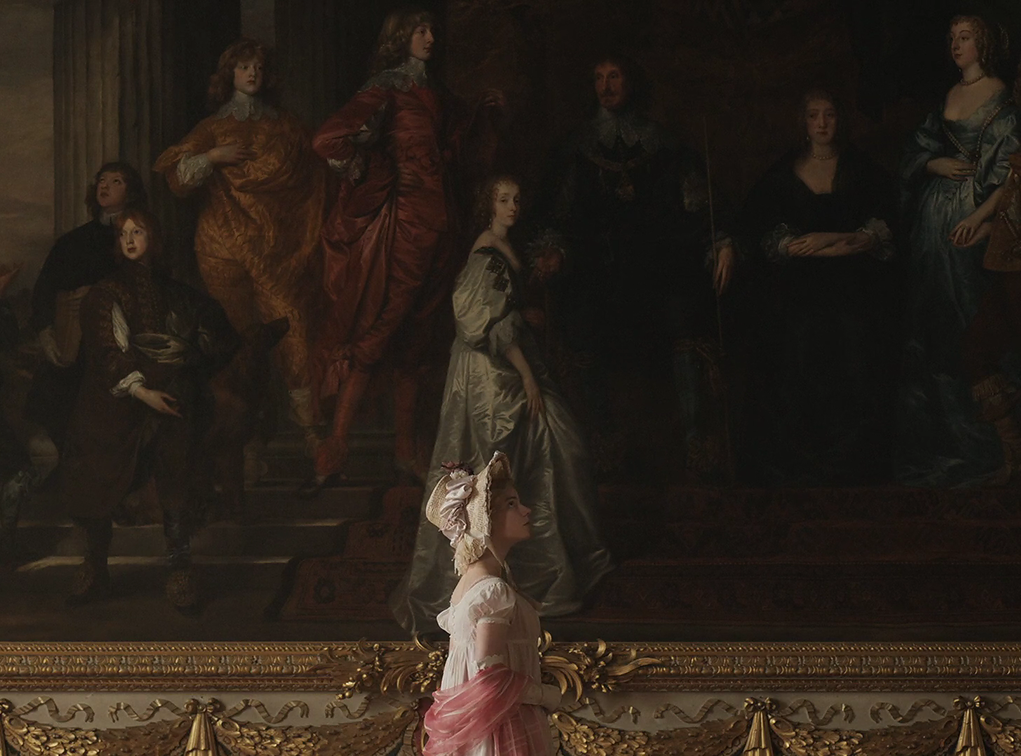



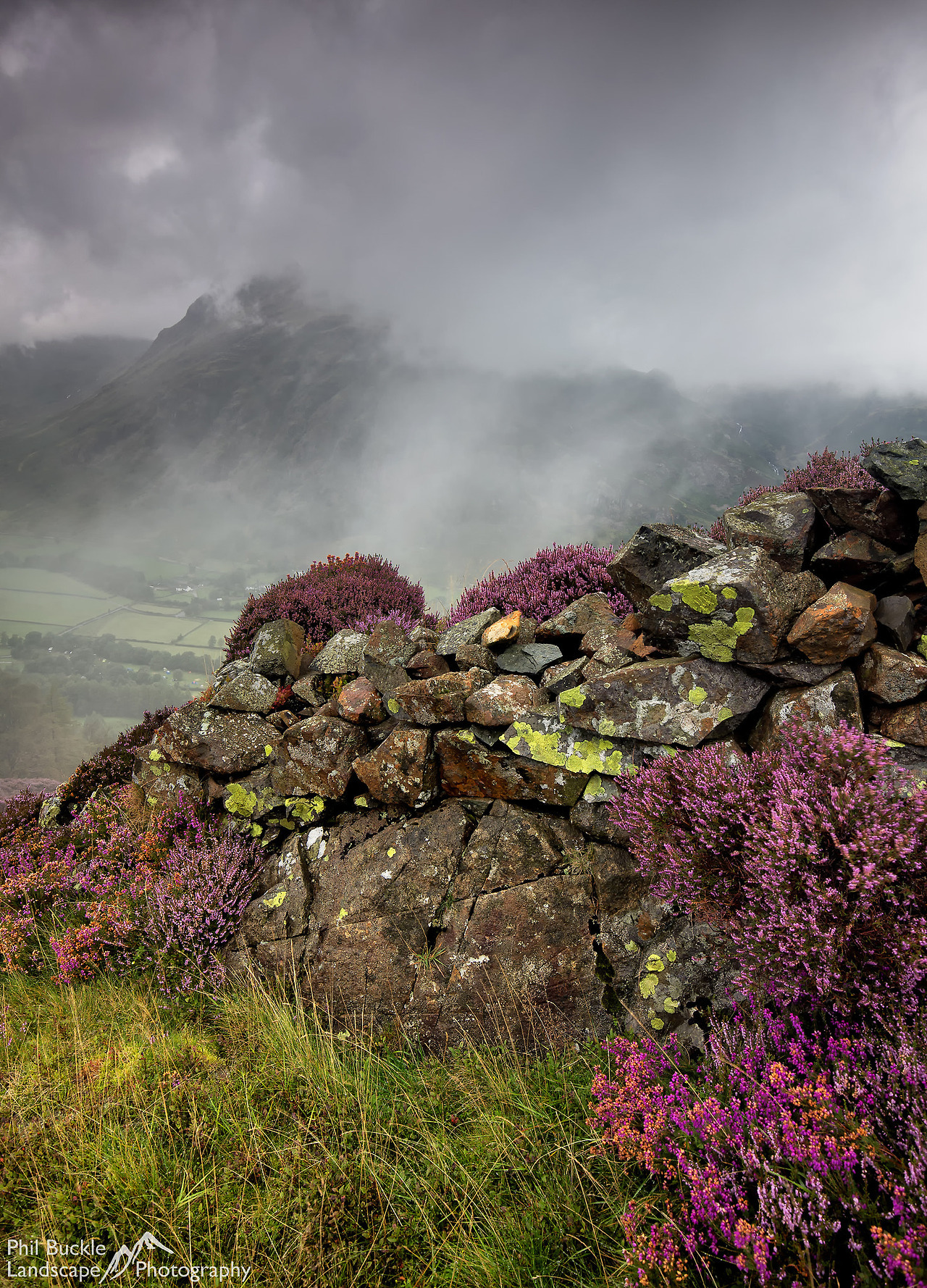

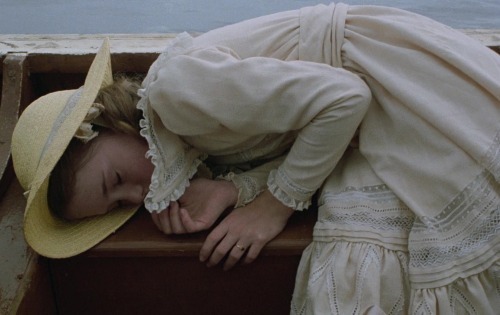

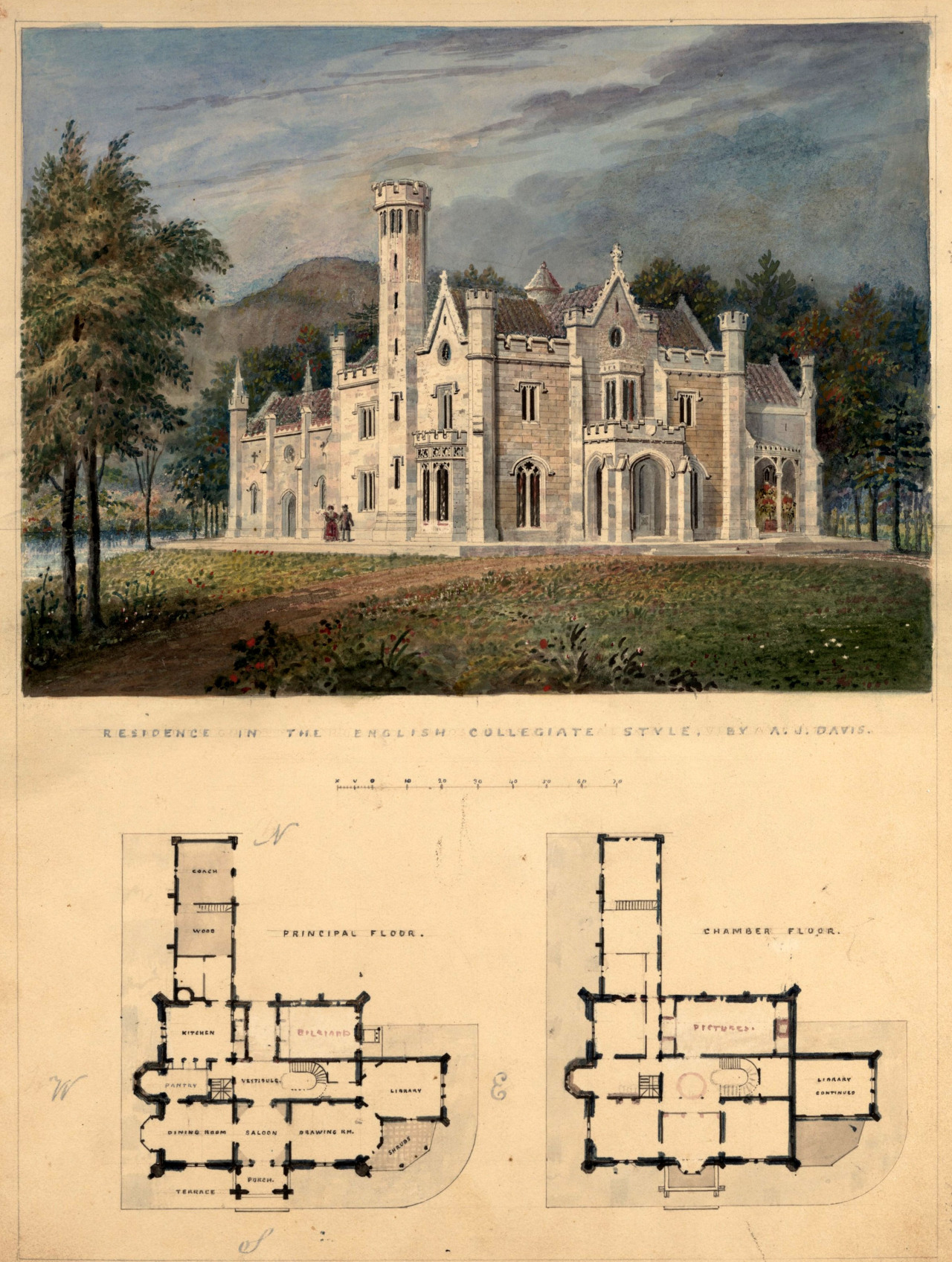
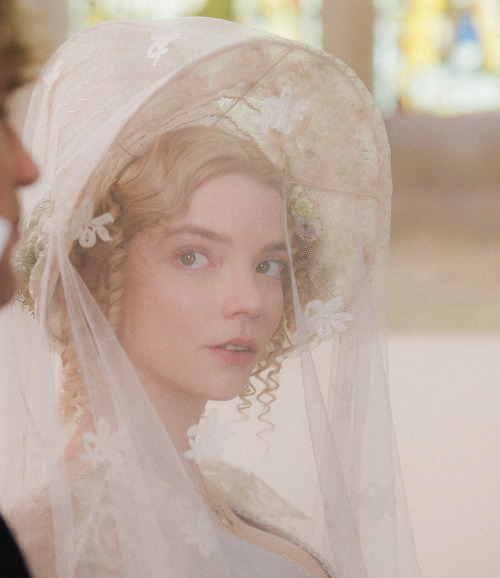
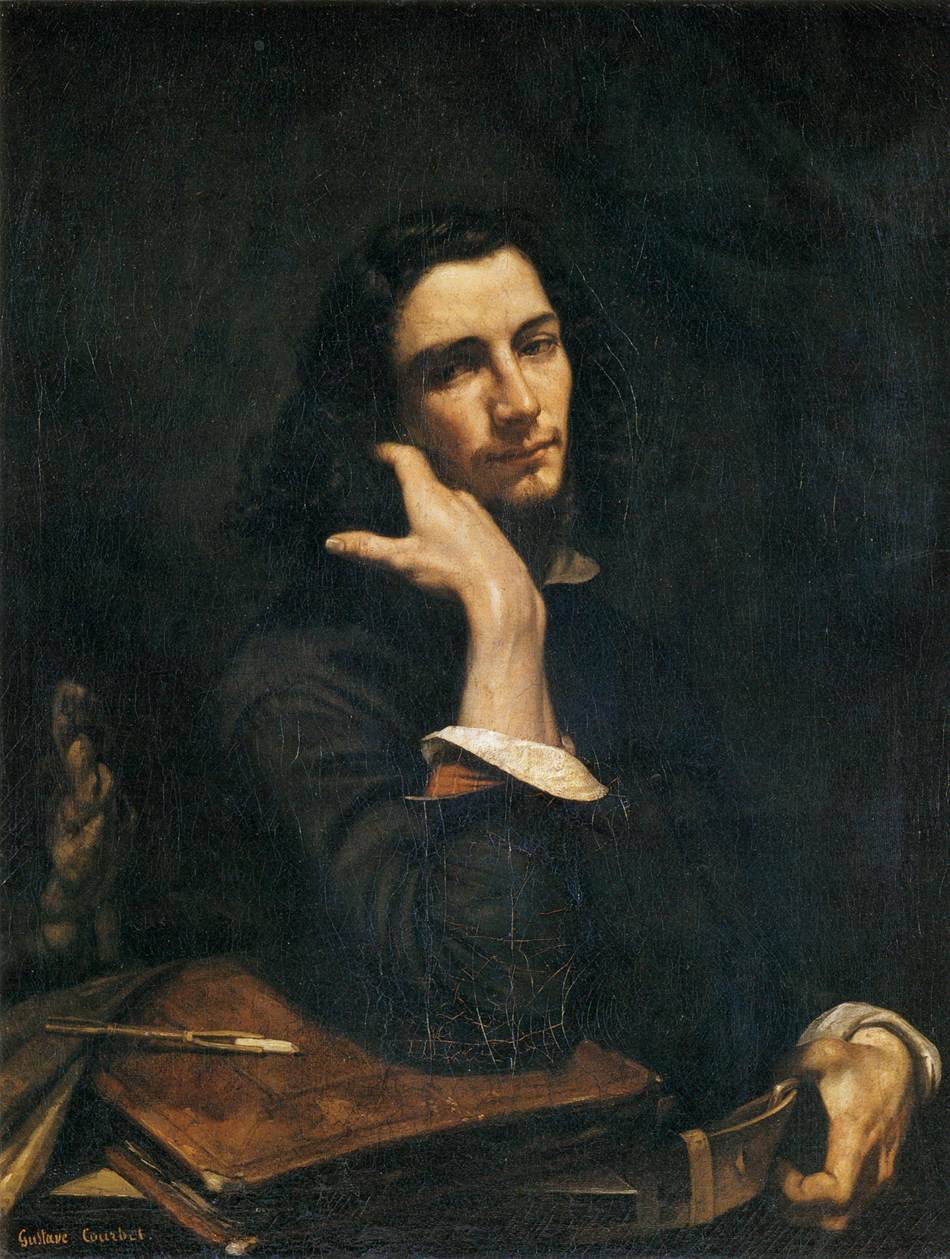

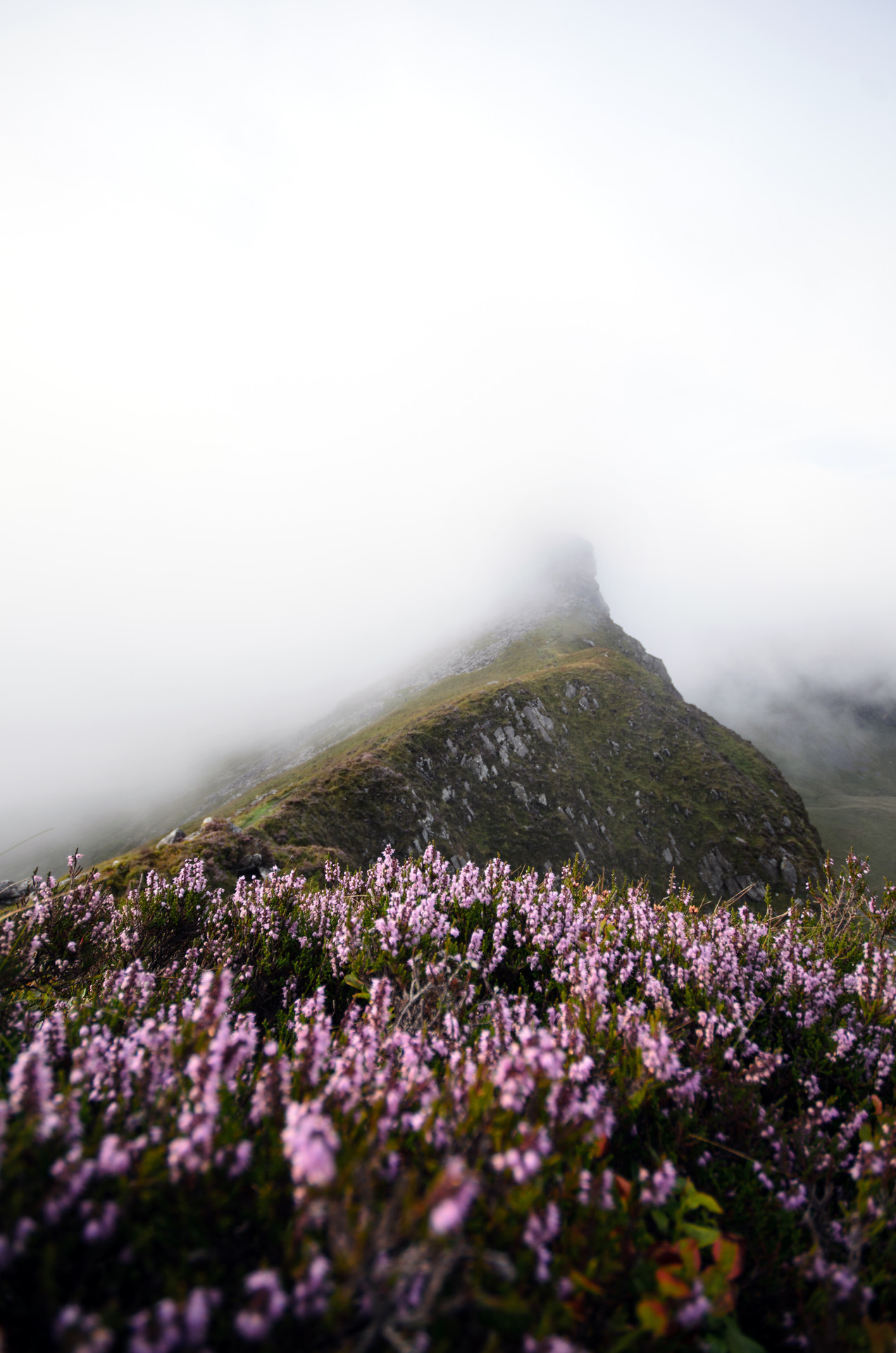



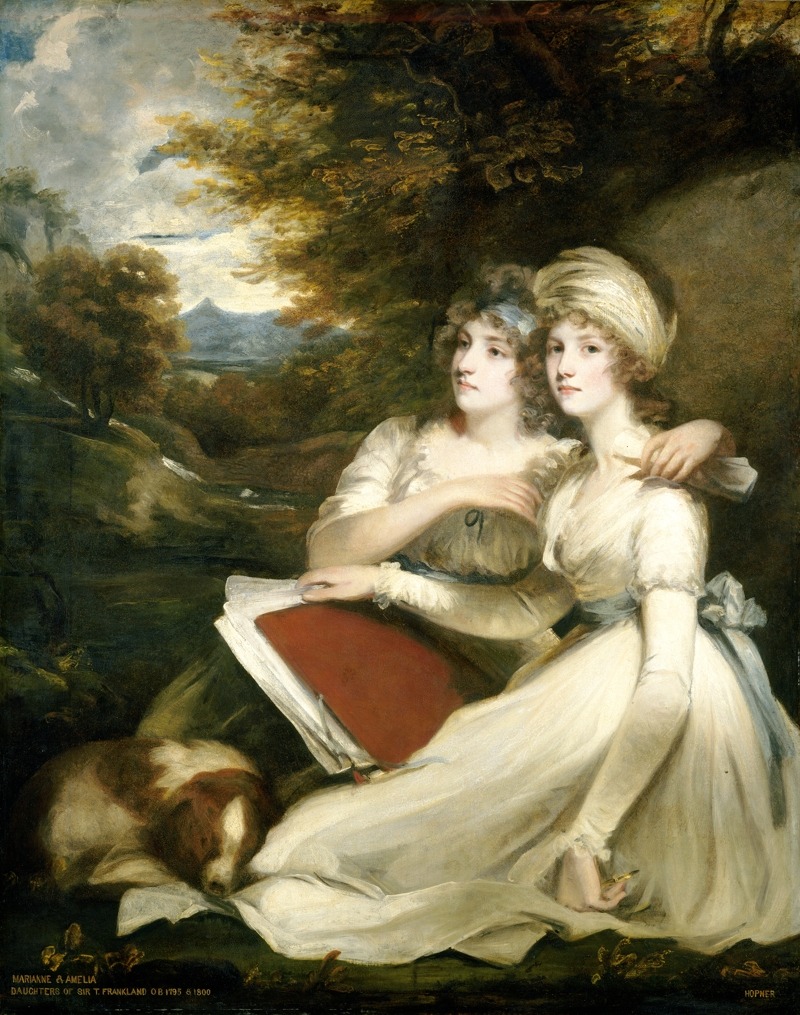
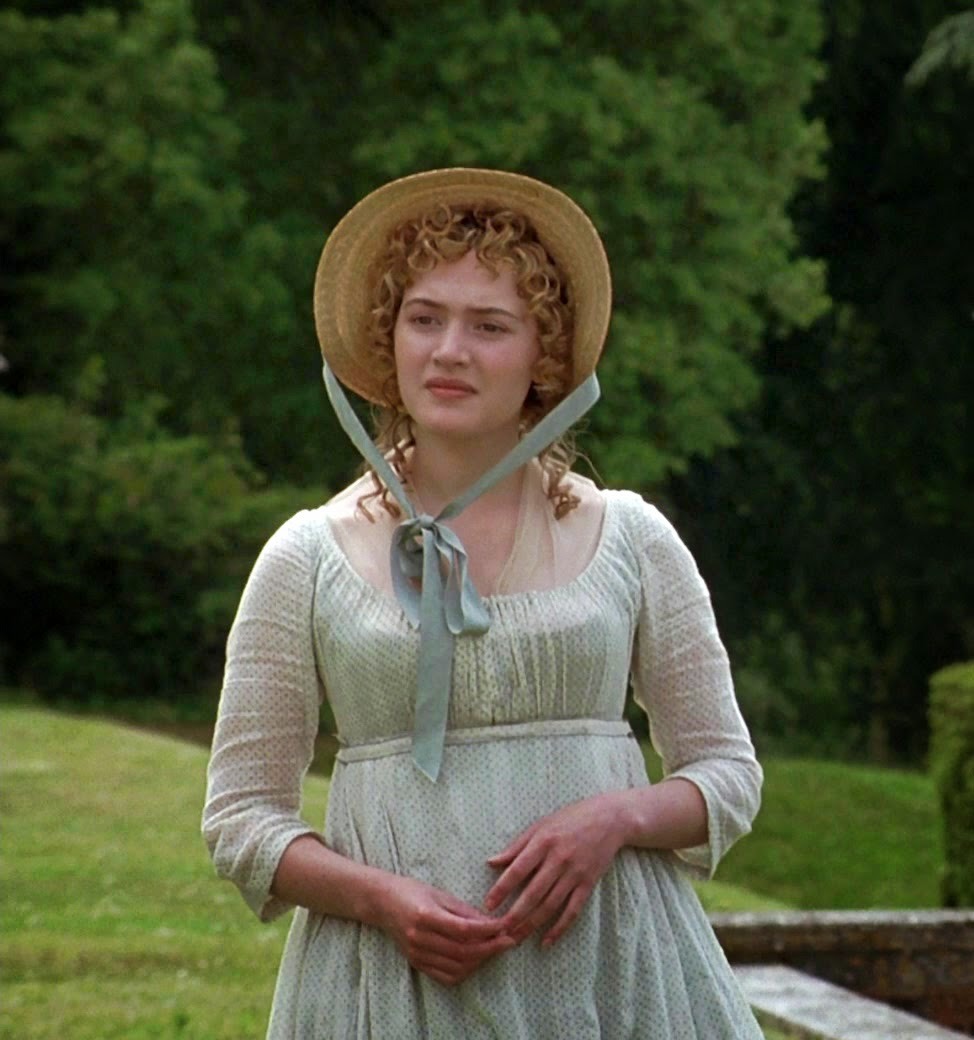

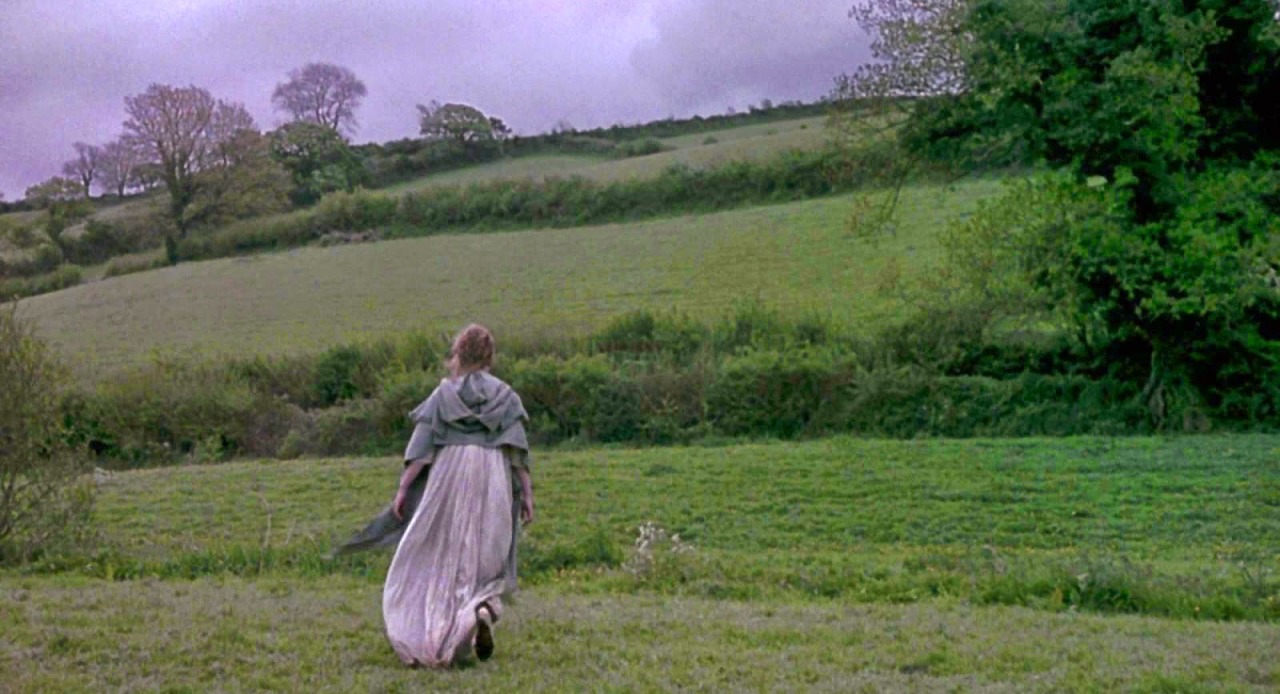
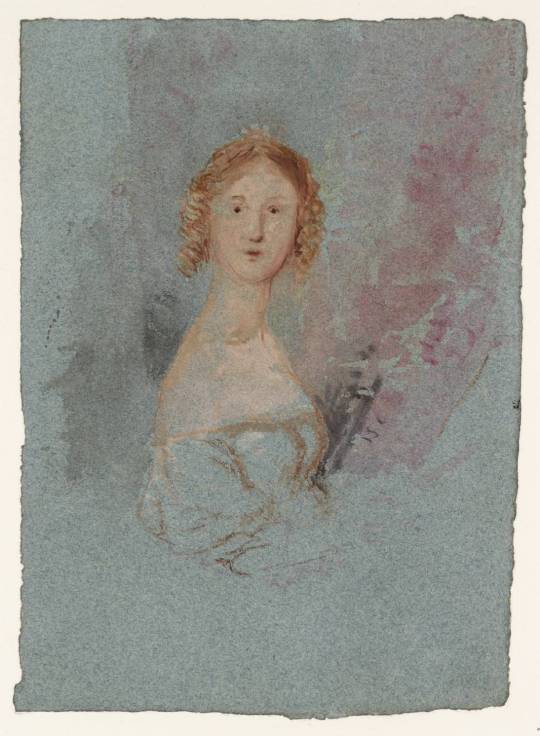
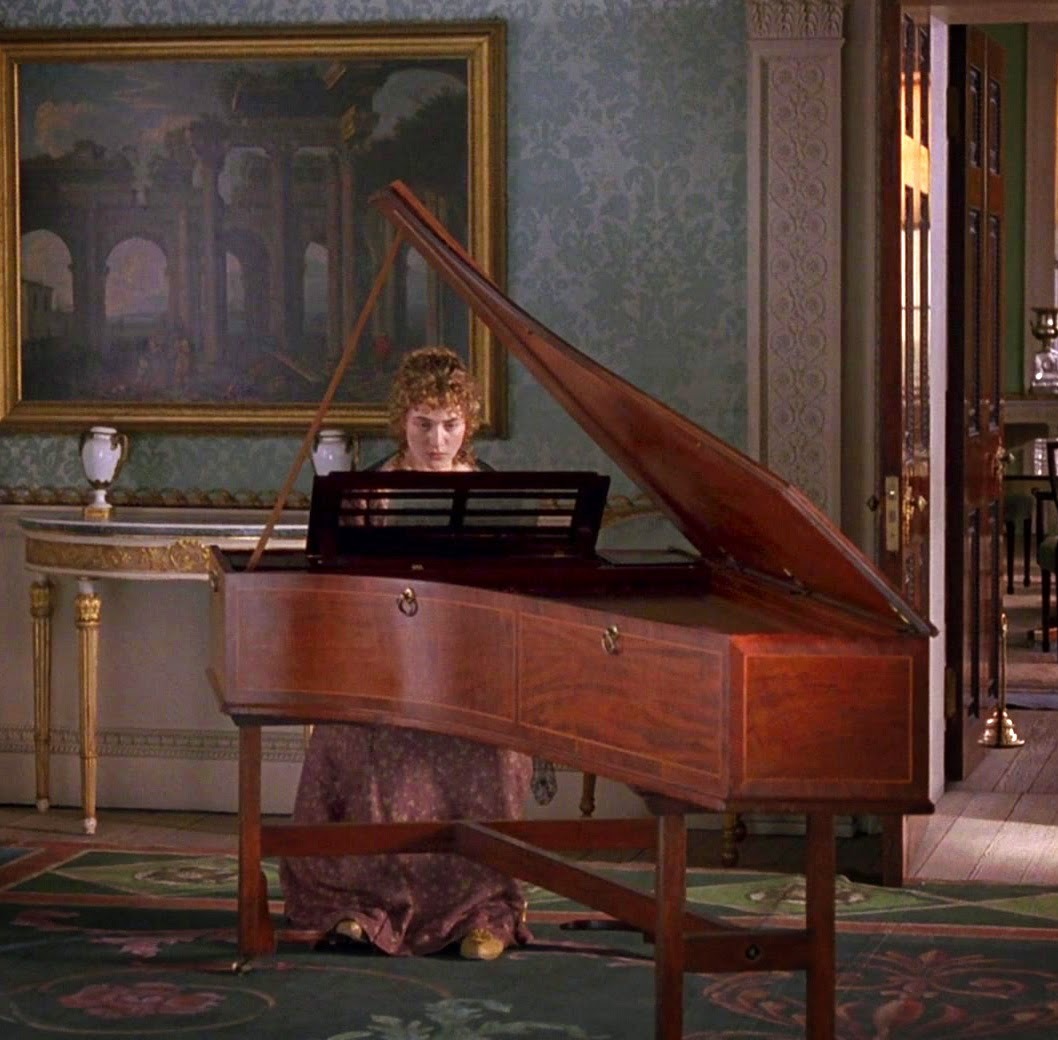
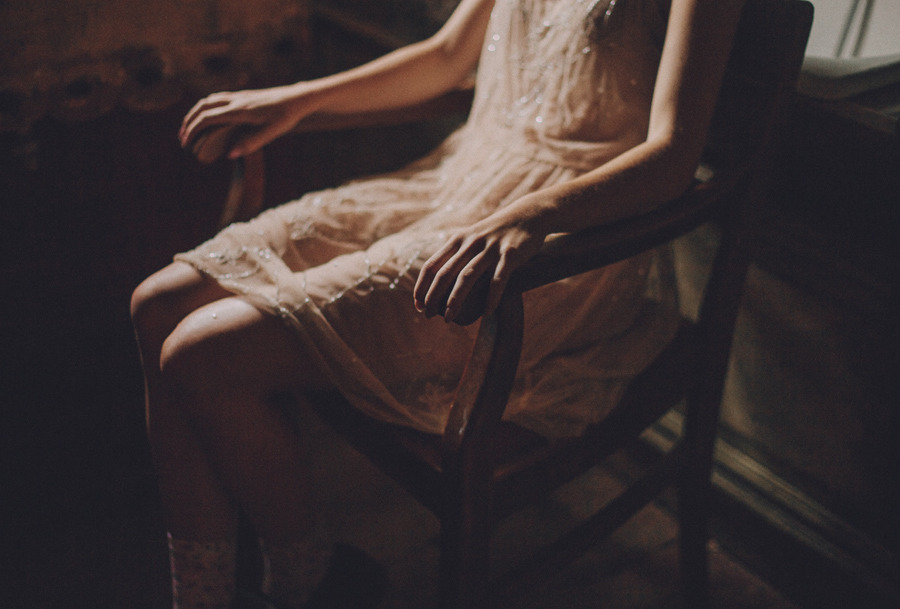

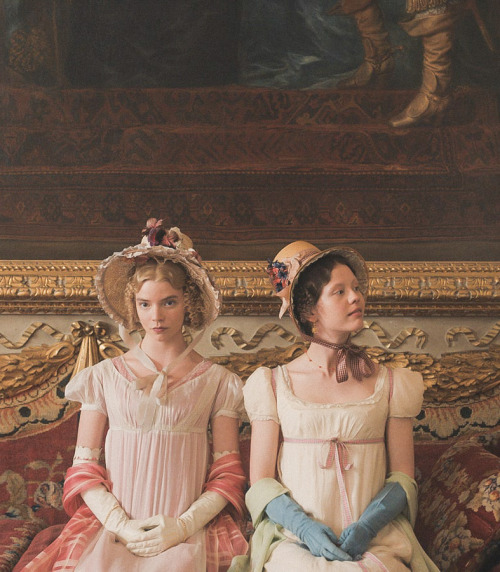


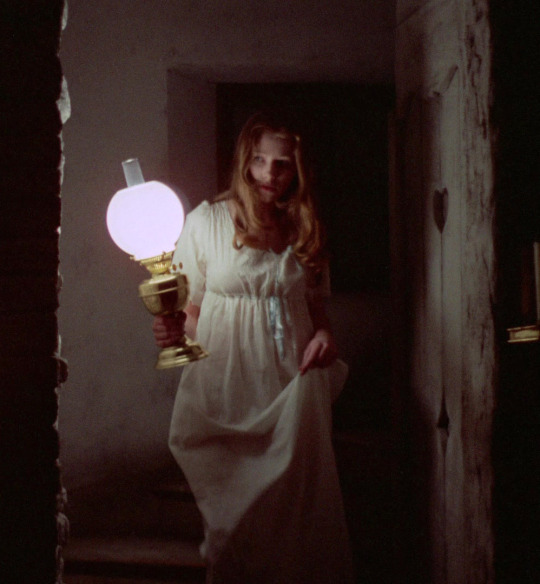

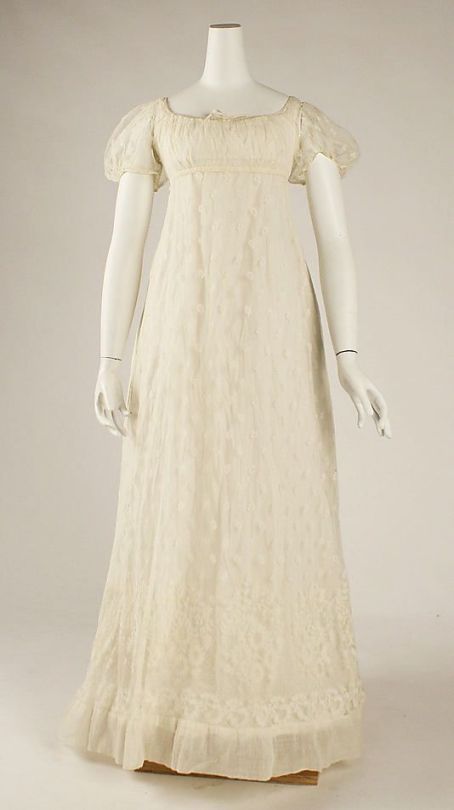
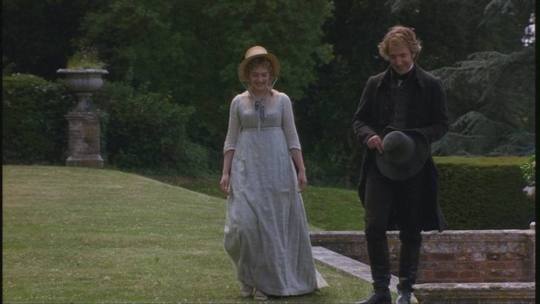

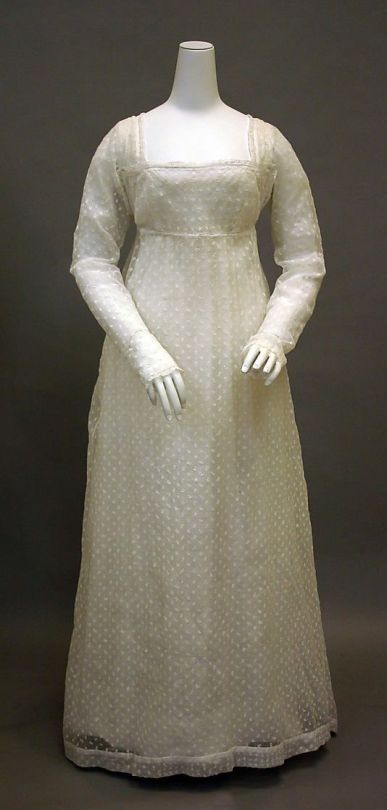
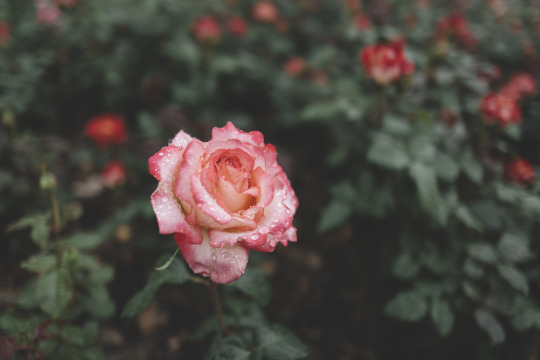


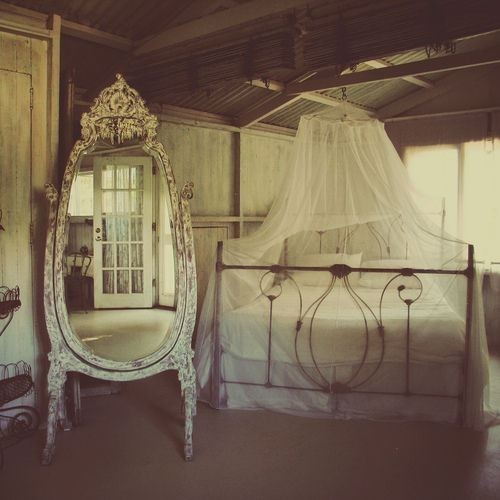
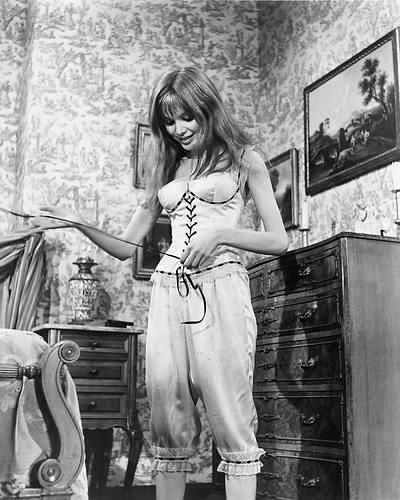



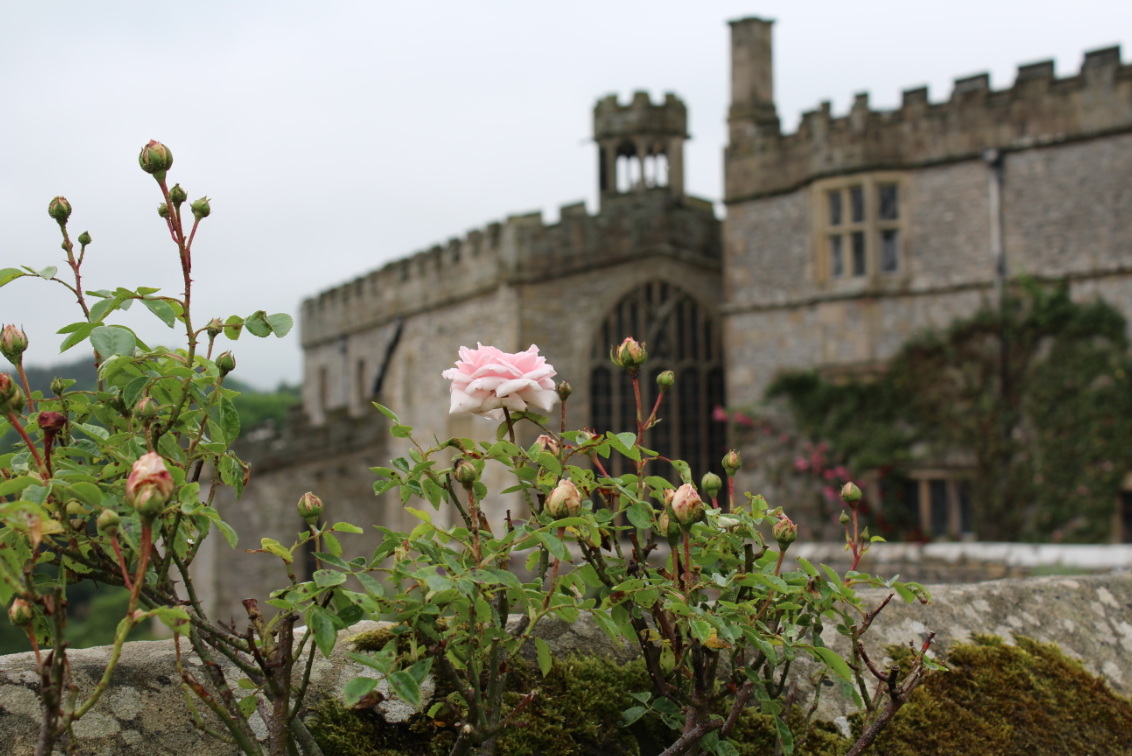
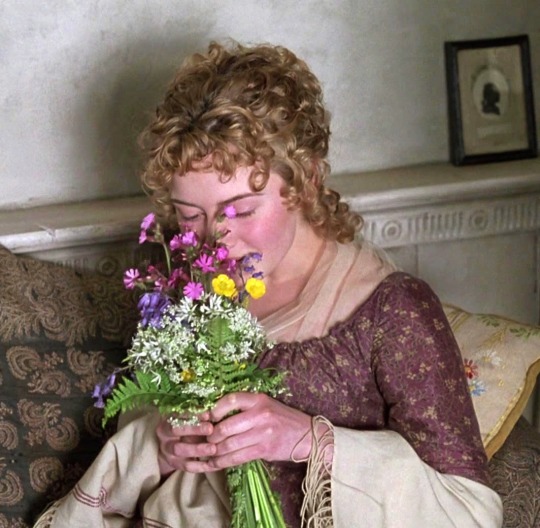
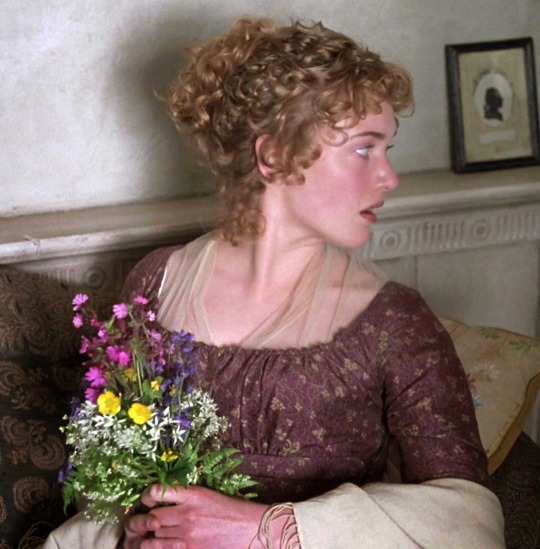

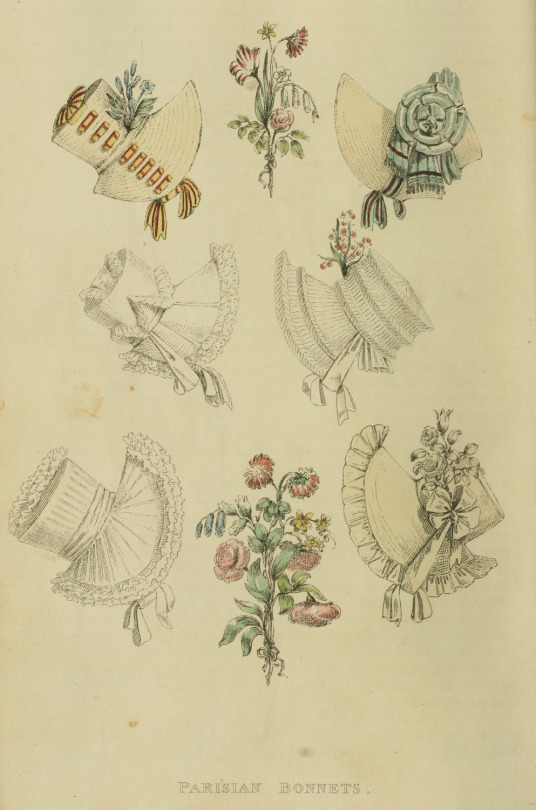
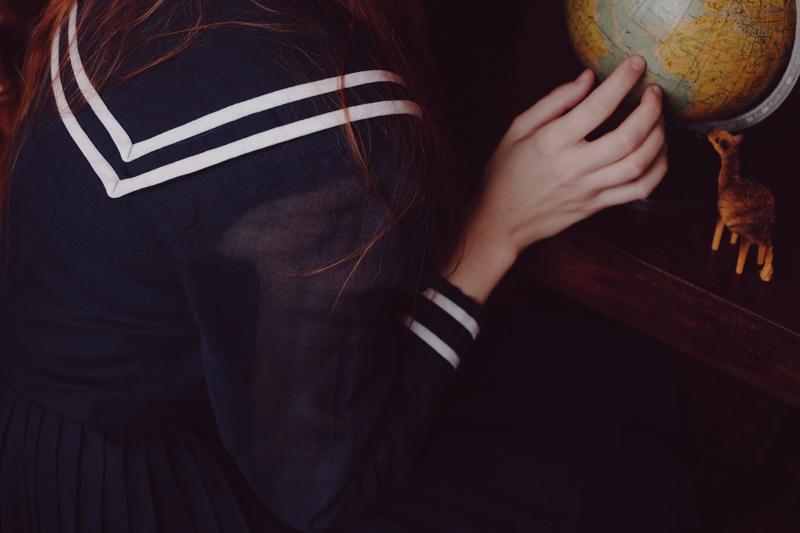


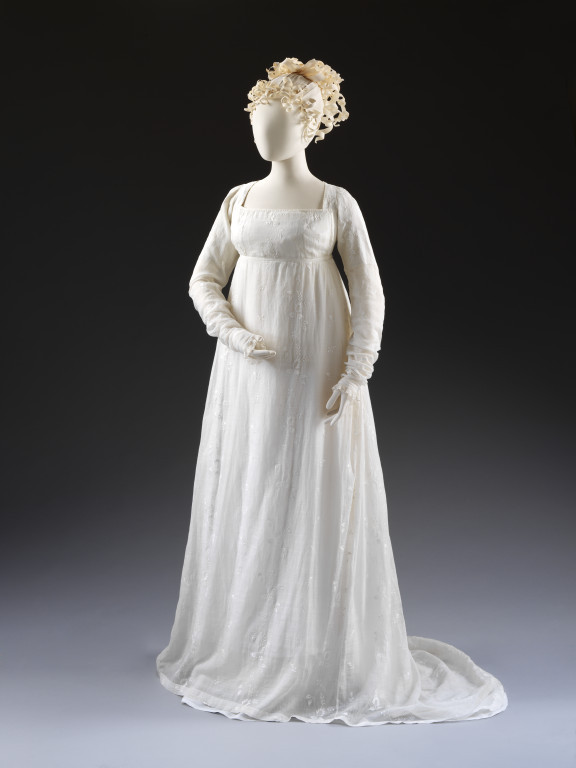
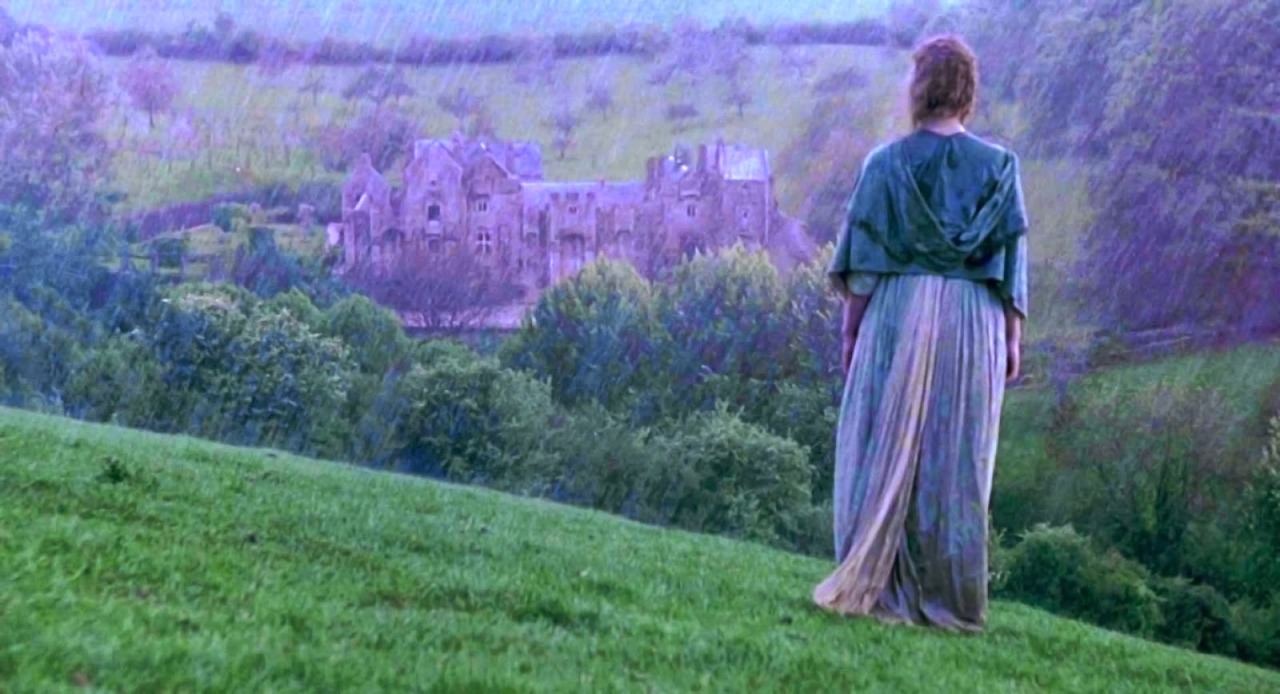


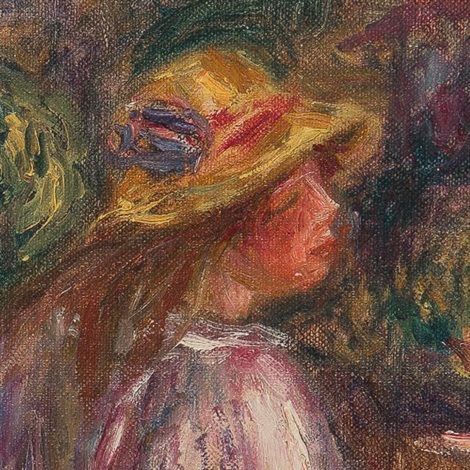

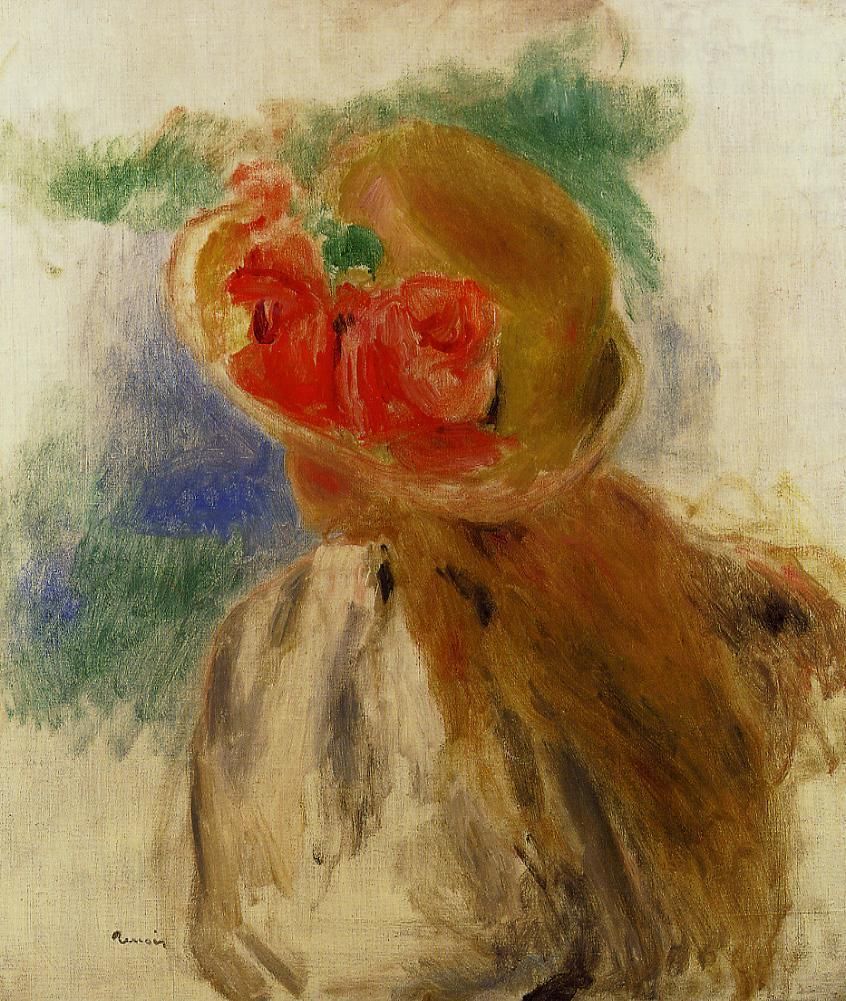
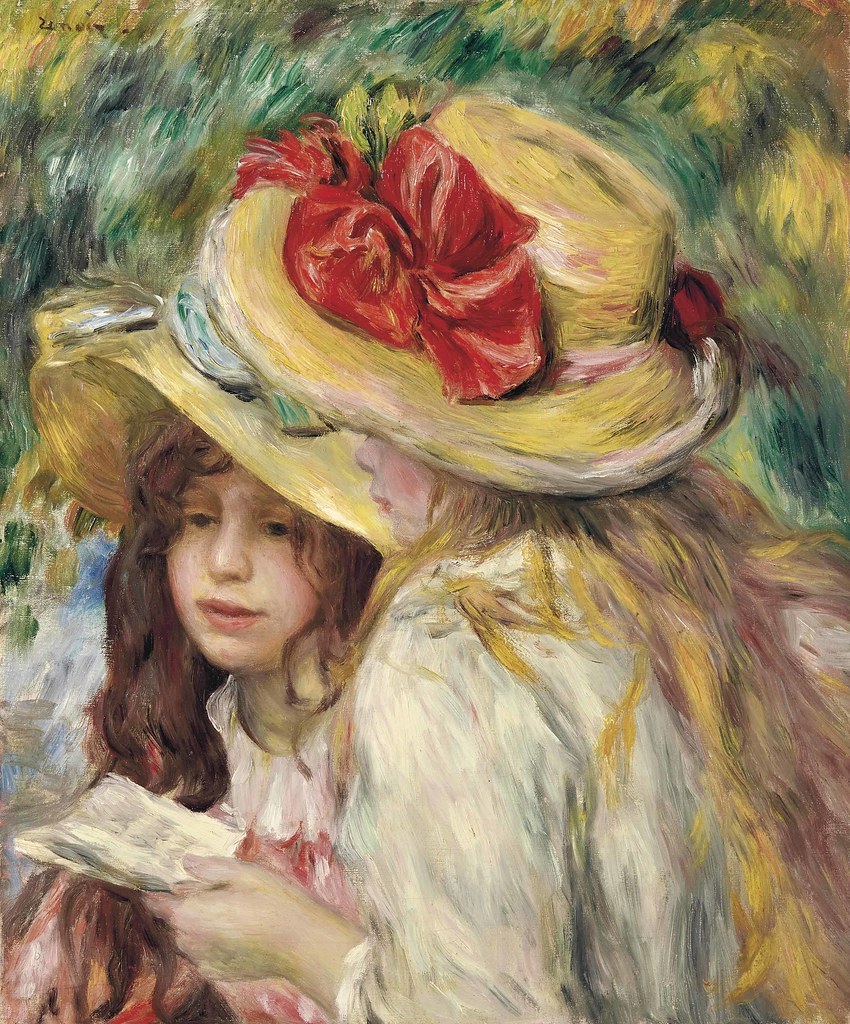

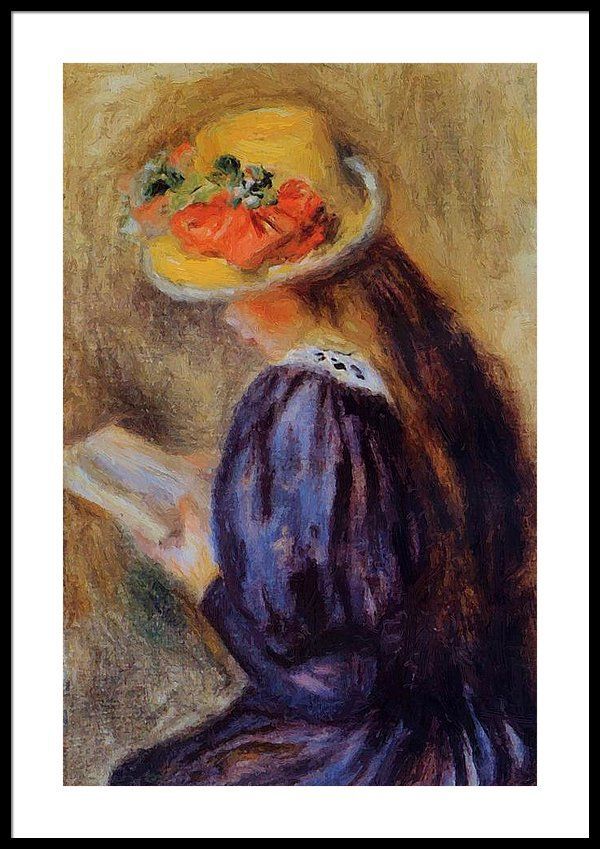 Renoir, The Little Reader (Little Girl in Blue), 1890
Renoir, The Little Reader (Little Girl in Blue), 1890





